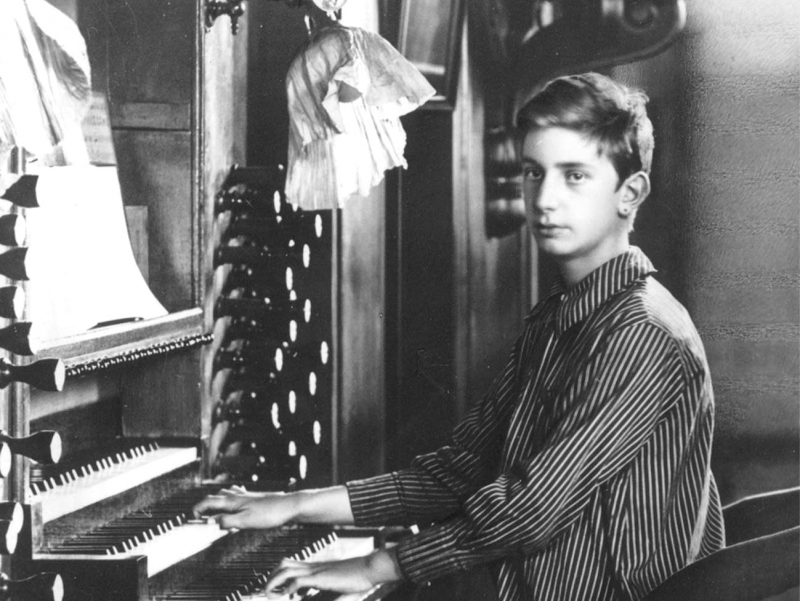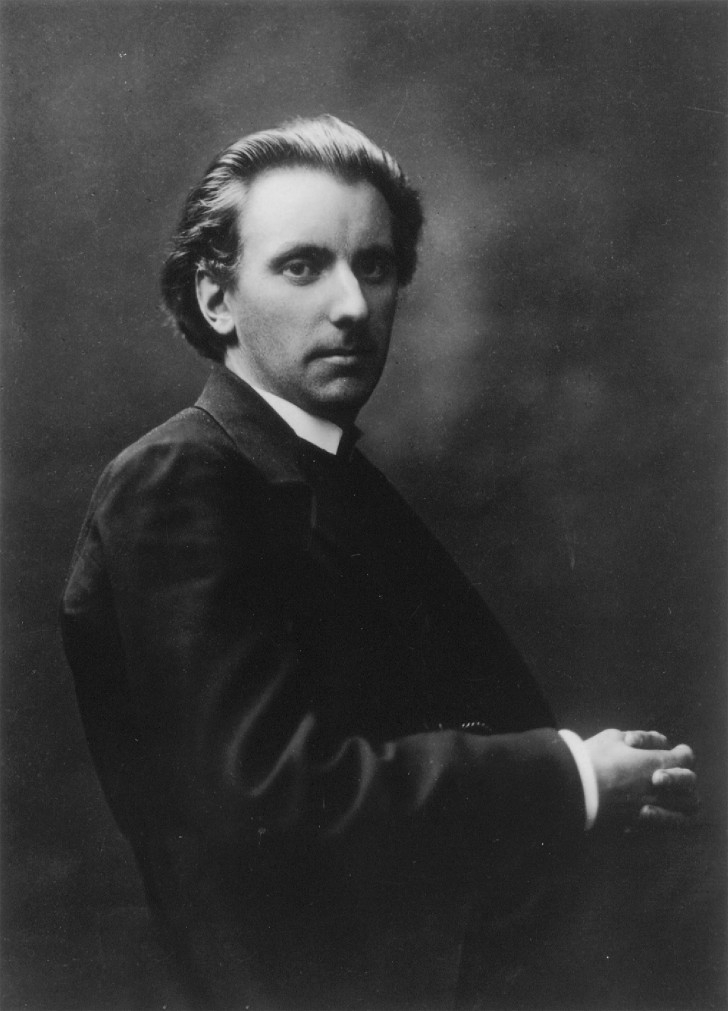Rued Langgaard
Danish organist and composer Rued Langgaard was a late Romantic artist. 16 years after his passing, his then-unconventional music, which was at contrast with that of his Danish contemporaries, was acknowledged. Rued Langgaard wrote music in a late Romantic style that was intensely dramatic and characterized by enormous mood swings. He was undoubtedly influenced by Richard Wagner and Richard Strauss, and he was a master of orchestration like Strauss.
His most well-known and avant-garde composition is Music of the Spheres. It is a very difficult symphonic piece that requires a huge orchestra, a choir, a supporting (remote) orchestra, a soprano voice, and a piano on which the strings are played directly rather than through the keys. It was written by Langgaard during World War I, but was only played twice during his lifetime (in Germany in 1921–1922) and remained unheard for over 50 years before being rediscovered. It was seen as very contemporary and representative of Langgaard's pathfinding approach when it was unearthed in the late 1960s. He was a Protestant who occasionally found himself drawn to mysticism and theosophy. His major compositions frequently have memorable and evocative names like Music of the Abyss (1924), Fantasia of Madness (1949), Flood of Sun (1951), Antichrist (1923-1930), and Music of the Spheres (1918).
Detailed information:
Born: 28 July 1893
Died: 10 July 1952
Nationality: Danish
Notable works:
- Symphony No. 1 "Klippepastoraler" (Cliffside Pastorals) (1908-09/1910-11), BVN. 32
- Symphony No. 2 "Vårbrud" (Awakening of Spring) (1st version 1912–14)
- Symphony No. 2 "Vårbrud" (Awakening of Spring) (2nd version 1912-14/1926-33), BVN. 53
- Symphony No. 4 "Løvfald" (Leaf-fall) (1916/1920), BVN. 124
- Symphony No. 5 (1st version, 1917-18/1926), BVN. 191









